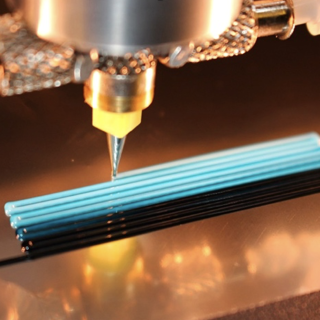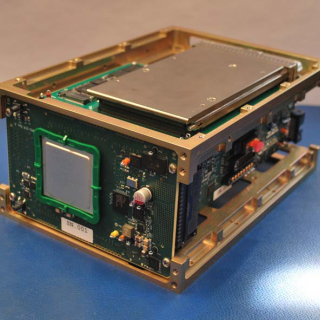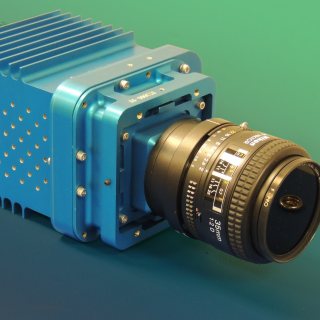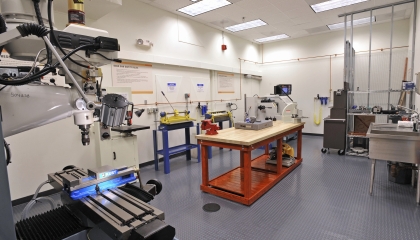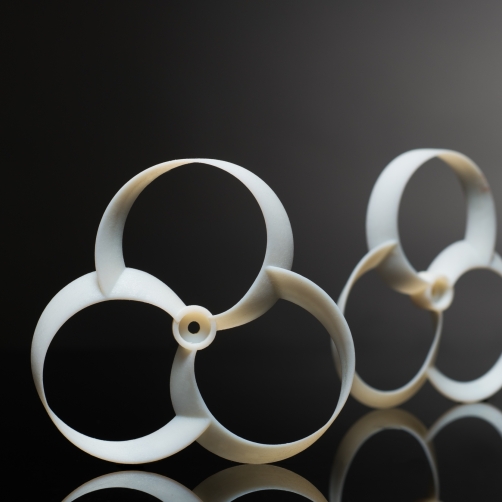
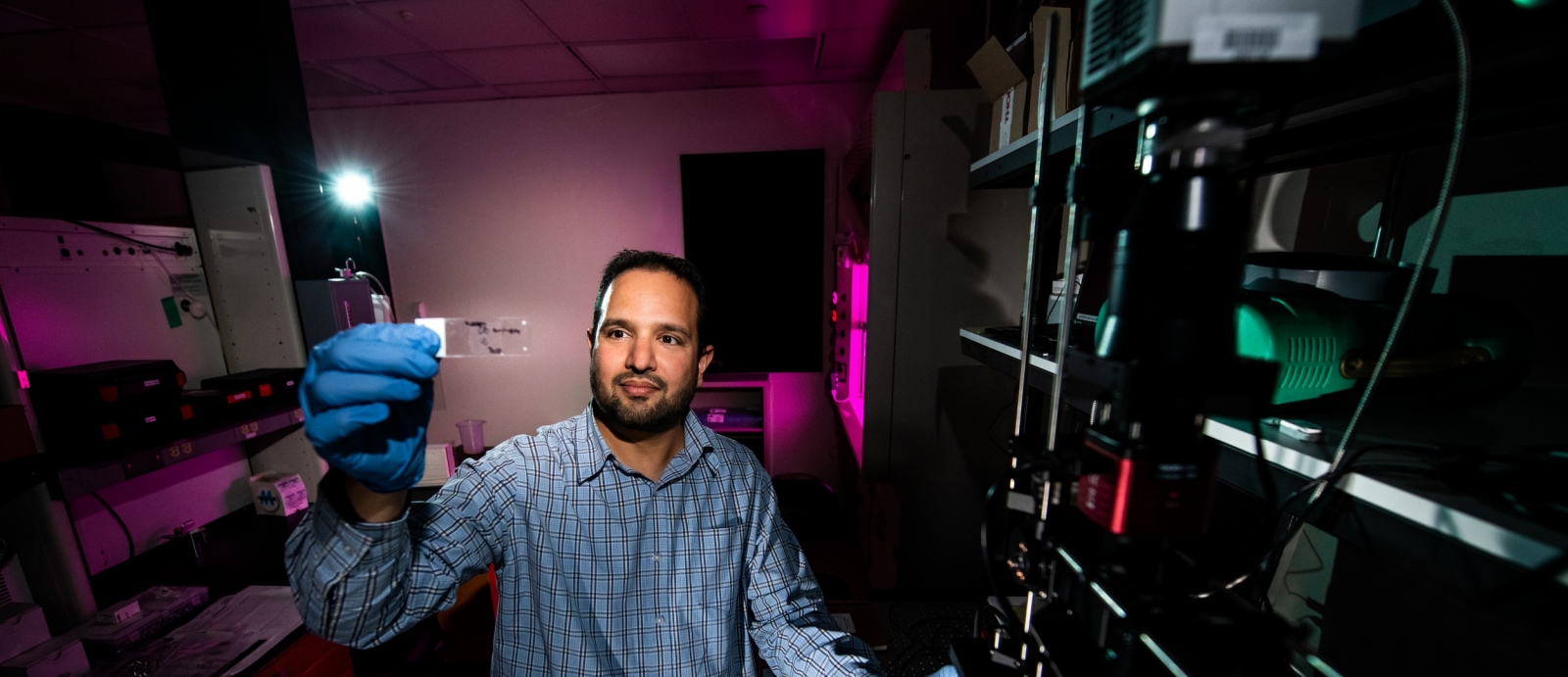
Innovation and Collaboration
The Technology Office works to enhance inventiveness and innovation at the Laboratory through various opportunities and Laboratory-wide activities that sustain a culture of creative problem solving and innovative thinking.

Technology Office Challenges
Each year, we design scenarios that challenge multidisciplinary teams to invent creative solutions to emerging problems affecting national security. The goals of these challenges are to promote innovation, encourage people to work in new areas, and have fun.
Featured News
Symposia
We organize events at which researchers from national labs, academia, the military, and industry can learn about the latest developments in a wide range of technologies that can have significant impact on national security.
The Advanced Research Technology Symposium (ARTS) is typically held at MIT to connect with academics, students, and entrepreneurs on MIT campus and in the New England area. The symposium highlights some of the most pressing challenges confronting our nation's security and well-being, and proposes ways advanced technology can help address these challenges. Presentations, poster sessions, and panel discussions engage attendees.
The Recent Advances in Artificial Intelligence for National Security (RAAINS) focuses at a deep-technical level on current state-of-the-art AI applications that have been developed for national security needs. The workshop showcases examples of significant progress in applying AI and provides a glimpse into promising future R&D into AI technology.
Best Invention and Best Paper
Annually, to reward experimentation and creative thinking, we recognize one or two inventions that demonstrate an innovative solution to an engineering problem.
We also recognize a paper that presents the results of creative, high-caliber research, fostering the importance of publishing findings that can fuel the development of new concepts and technologies.
2024 Best Paper Award Recipient
3D Printing of Composite Radiation Shielding for Broad Spectrum Protection of Electronic Systems, written by Avery M. Rosh‐Gorsky, Austin Coon, Devon Beck, Richard P. D'Onofrio, Quinn Binney, Isaiah Queen, Dr. Andrea O. Barney, Robert J. Longton, Dr. Ashley C. Long, Dr. Pascale M. Gouker, Keri A. Ledford, Dr. Melissa A. Smith, and Dr. Bradley P. Duncan, with co-authors Ethan Cascio (Massachusetts General Hospital) and Ksenofon Konomi (University of Massachusetts Lowell), and published in Advanced Materials, vol. 36, no. 33, 2024.
2024 Best Invention Award Recipient
High-Density Fiber-Optic Packaging for Cryogenic Applications, invented by Dr. William J. Nowak Jr., Dr. John D. Cummings Jr., Dr. P. Ben Dixon, Ryan P. Murphy, and Dr. David J. Starling.
